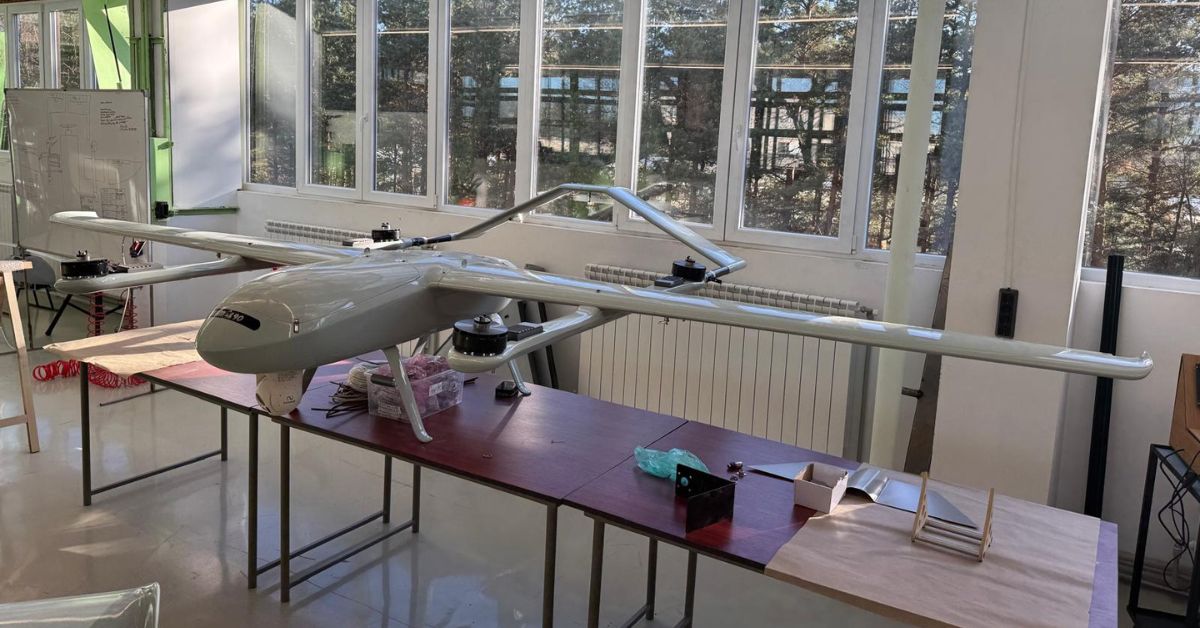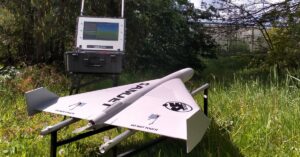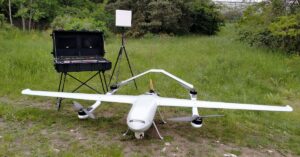Surveillance systems have long been the backbone of national security, law enforcement, and infrastructure monitoring. But in 2025, a silent revolution is taking place. Tactical VTOL (Vertical Take-Off and Landing) drones are rapidly replacing traditional surveillance systems like static CCTVs, manned aircraft, and fixed-wing drones. Their agility, adaptability, and cost-efficiency have made them a game-changer for governments and private organizations globally.
This post explores why the shift is happening, what makes VTOL drones superior, and how their adoption is impacting operations worldwide.
1. Limitations of Traditional Surveillance Systems
1.1 Static and Immobile
Conventional CCTV cameras are limited to fixed positions. Their blind spots and lack of adaptability make them inefficient in dynamic or large-scale environments.
1.2 High Operational Costs
Helicopters or manned aircraft surveillance is expensive. You require trained pilots, ground staff, airspace clearance, and ongoing maintenance.
1.3 Limited Response Capabilities
Traditional systems lack real-time mobility. By the time a threat is identified, it might already be too late to respond.
2. Why VTOL Drones Are the Future
2.1 Vertical Takeoff = No Runway Needed
VTOL drones operate without needing a runway. This allows them to launch and land from any terrain — rooftops, forests, mobile vehicles.
2.2 Agile and Precise
Unlike fixed-wing drones, VTOL UAVs can hover in place, change direction instantly, and operate in narrow or cluttered environments.
2.3 Long Flight Endurance with Silent Operations
New battery technologies and hybrid engines enable VTOLs to fly for hours while emitting minimal noise. This is crucial for stealth or night operations.
2.4 Payload Flexibility
From thermal cameras to LiDAR and custom sensor suites, VTOLs can carry specialized gear depending on the mission.
3. Real-World Use Cases
3.1 Border Surveillance
Countries are now deploying VTOL drones to monitor borders. They scan vast terrains, follow movement autonomously, and report suspicious activities in real time.
3.2 Urban Monitoring
In city surveillance, VTOLs outperform static CCTVs by providing 360-degree aerial views and tracking moving targets without obstruction.
3.3 Wildlife & Anti-Poaching
Drones like the Defender 480 are deployed in game reserves to detect poachers using thermal imagery at night.
3.4 Tactical Military Ops
During hostile operations, soldiers can deploy portable VTOLs for real-time reconnaissance, enemy detection, and terrain mapping.
4. Data Collection & Integration
4.1 Instant Data Streaming
VTOL drones stream encrypted video and telemetry data directly to command centers, reducing response time.
4.2 GIS & 3D Mapping
Collected data is integrated with Geographic Information Systems (GIS) to map terrains, plan operations, and create 3D models of critical zones.
5. Cost vs. ROI: A Better Investment
5.1 Reduced Manpower
Drones reduce the need for large ground patrols or airborne teams.
5.2 Fast Deployment
They can be deployed in under 2 minutes, without logistical planning.
5.3 High Return on Investment
With a one-time hardware investment and low operational costs, VTOLs offer higher ROI compared to helicopters or ground vehicles.
6. What to Consider When Adopting VTOL Surveillance
6.1 Legal Compliance
Ensure drone operations align with national airspace regulations, privacy laws, and export policies.
6.2 Technical Parameters
Focus on:
Payload weight capacity
Flight time and endurance
GPS accuracy
Encrypted communication systems
6.3 Vendor Reliability
Choose manufacturers with defense-grade certification, R&D infrastructure, and proven deployment history (like Defender Drones).
7. Future Outlook: 2025 and Beyond
7.1 AI-Driven Automation
Autonomous drones using AI will handle complex missions like perimeter mapping, suspect tracking, or hazardous zone analysis.
7.2 Drone Swarms
Multiple drones flying in sync to cover massive territories or support coordinated missions.
7.3 Global Budget Allocation
Defense budgets in 2025 are allocating significantly more funding toward unmanned systems — especially VTOLs.
Conclusion
The question is no longer if VTOL drones will replace traditional surveillance systems — it’s how soon. With unmatched mobility, real-time data flow, and mission adaptability, these drones are leading the defense tech revolution.
Ready to equip your organization with tactical UAVs?Explore our lineup at Defender Drones and take the first step toward aerial superiority.



